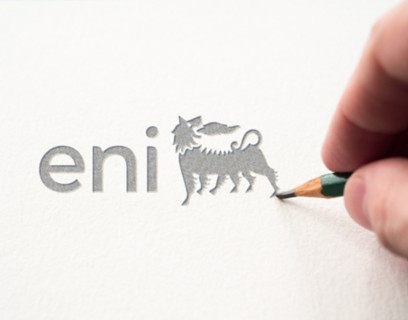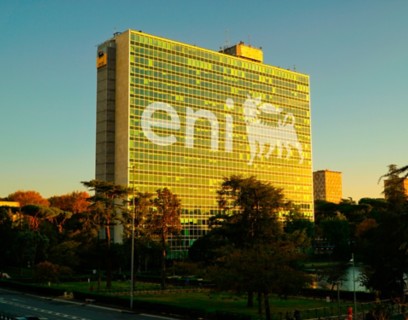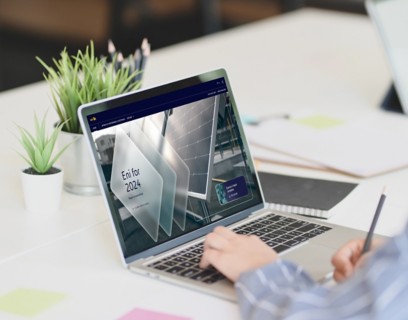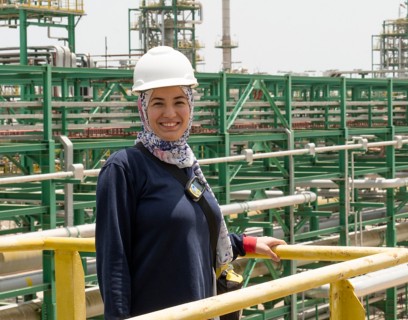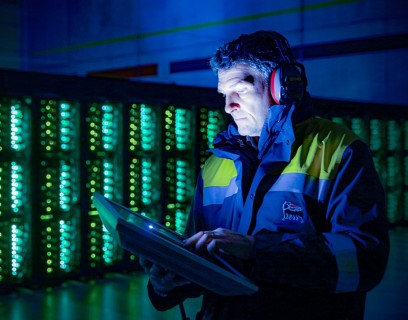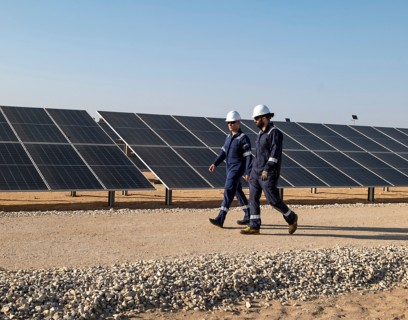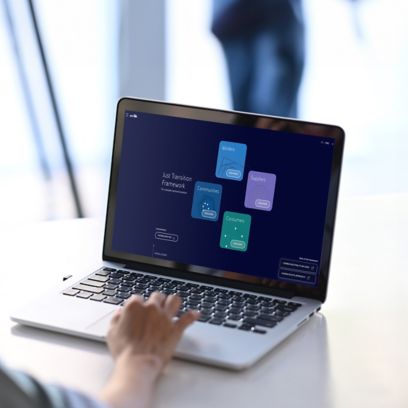Reporting and performance
Our commitment to sustainability is implemented through precise and measurable actions, the results of which are evaluated by third parties.
Values, corporate strategies and results for a socially just transition
The set of Sustainability reports and documentation describes the commitments, actions and achievements related to the five guidelines of the business model: carbon neutrality by 2050, environmental protection, value of our people, alliances for development and sustainability in the value chain. Since 2006, Eni has published a voluntary and since 2010 the Annual Financial Report has been Eni's integrated financial report, that converges financial and sustainability information.
Starting from 2024 the Sustainability Statement of Eni is prepared in accordance to the Legislative Decree No. 125/2024 in transposition of the European Directive 2022/2464 (Corporate Sustainability Reporting Directive - CSRD). This document is externally audited and prepared according to the European Sustainability Reporting Standards (ESRS), includes the mandatory disclosures foreseen by the European Taxonomy Regulation (art 8 – UE regulation 852/2020) and describes our approach to sustainability issues.
It's possible to learn more about our approach also through our other sustainability reporting publications such as, for example, the voluntary Eni for report, which emphasises tangible cases and interviews with third-party experts to highlight our contribution to Just Transition.
All data on our sustainability performance
The results we obtain in the areas of sustainability available in the form of graphs and tables.

Sustainable goals and principles reflected in clear and transparent data.
Integrity and transparency are the values underpinning our transformation efforts, which we document with the utmost commitment.
Don't miss a single update
Sign up to our newsletter and activate your e-mail alert to discover the insights from the world of Eni

